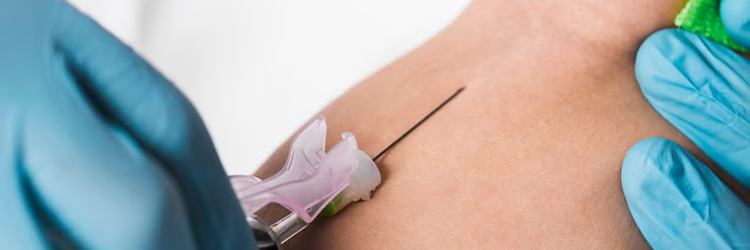What Are the Symptoms of Xanthelasma?
Xanthelasma is a common skin condition that manifests as yellowish, fatty deposits under the skin, typically appearing near the inner corners of the eyelids. While it is often noticed due to cosmetic concerns, in some cases, it may also be an indicator of cholesterol or lipid metabolism disorders in the body. So, what are the symptoms of xanthelasma? The answer to this question is quite important for early diagnosis and proper treatment.
The most prominent symptom of xanthelasma is the appearance of yellow or light cream-colored, raised, and soft-textured patches around the eyes. These patches usually appear symmetrically on both eyelids. They most commonly begin near the inner corners of the upper eyelids and may gradually spread to the lower eyelids over time.
Initially, xanthelasma may cover a small area, but it can grow larger and merge to form broader plaques. These lesions are slightly raised from the skin surface, have clearly defined borders, and are painless when pressed. They typically do not cause itching, redness, or signs of infection, but they are noticeable and can create a feeling of discomfort due to their appearance.
Structurally, xanthelasma contains cholesterol and fat cells. Therefore, in some patients, the presence of xanthelasma may signal underlying metabolic disorders such as high cholesterol, triglyceride imbalance, or diabetes. In such systemic conditions, additional symptoms like fatigue, weight problems, or a family history of similar health issues may also be present.
Xanthelasma is a painless and slowly progressing condition. Often, it can persist for a long time without the individual even noticing. However, in advanced stages, it may disrupt the natural contour of the eyelid, leading to both an aesthetically unpleasant appearance and a slight restriction in eyelid movement.
In conclusion, if you notice yellowish, raised lesions with defined borders around your eyes, it could be xanthelasma. Early diagnosis is essential not only for investigating potential underlying systemic conditions but also for initiating an effective treatment process to address cosmetic concerns.
If you are experiencing symptoms similar to xanthelasma and would like more information about the diagnosis and treatment process, feel free to contact us.
Op. Dr. Yıldız Acar Ebcim
Ophthalmology Specialist






